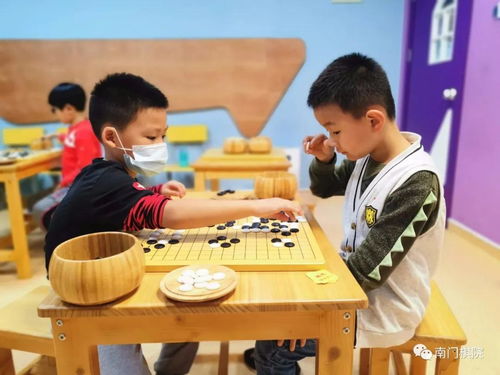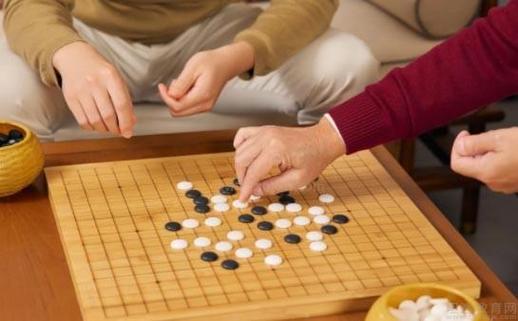Title: Enhancing Learning Through Block Play: A Comprehensive Guide
Introduction:
Block play is a cornerstone of early childhood education, fostering creativity, problemsolving skills, and spatial awareness in young learners. In this comprehensive guide, we explore the benefits of block play and provide educators with a detailed lesson plan to maximize its educational potential.
Benefits of Block Play:
1.
Developing Fine Motor Skills:
Manipulating blocks helps children refine their fine motor skills as they grasp, stack, and arrange pieces.2.
Encouraging Creativity:
Blocks offer endless possibilities for construction, allowing children to unleash their creativity and imagination.3.
Promoting ProblemSolving Skills:
As children encounter challenges during construction, they learn to problemsolve and strategize, fostering critical thinking skills.4.
Enhancing Spatial Awareness:
Building structures with blocks enhances spatial reasoning as children visualize and manipulate shapes in three dimensions.5.
Encouraging Collaboration:
Block play often involves collaboration and cooperation, promoting social skills as children work together to achieve a common goal.Lesson Plan:

*Title: Exploring Structures with Blocks*
Objective:
To develop fine motor skills, foster creativity, and enhance spatial awareness through block play.
Materials Needed:
1. Various types of building blocks (wooden blocks, plastic blocks, foam blocks, etc.)
2. Building mats or flat surfaces
3. Optional: Picture cards depicting simple structures for inspiration
Duration:
60 minutesProcedure:
1.
Introduction (10 minutes):
Gather the children in a circle and introduce the concept of block play.
Discuss the different types of blocks available and their potential for creativity and learning.
Explain that today, they will have the opportunity to explore building structures with blocks.
2.
Exploration (30 minutes):
Allow children to freely explore the blocks and building materials provided.
Encourage them to experiment with stacking, balancing, and arranging the blocks in various ways.
Provide picture cards depicting simple structures (e.g., houses, towers) for children seeking inspiration.
3.
Construction Challenge (15 minutes):
Divide the children into small groups or pairs.
Present a construction challenge, such as building the tallest tower or creating a structure with a specific number of blocks.
Encourage collaboration and problemsolving as children work together to complete the challenge.
4.
Reflection (5 minutes):
Gather the children together to reflect on their block play experience.
Ask openended questions such as:
What did you enjoy most about building with blocks today?
Did you encounter any challenges? How did you overcome them?
What did you learn about shapes and structures?
Conclusion:
Block play is not only fun but also an invaluable educational tool for young children. By incorporating block play into the curriculum, educators can promote holistic development and lay the foundation for future academic success.
Additional Tips:
1. Rotate block sets regularly to maintain children's interest and introduce new challenges.
2. Provide ample time for unstructured block play to allow children to explore their creativity freely.
3. Incorporate block play into other curriculum areas, such as math (counting blocks) and language arts (describing structures).
With this comprehensive guide and lesson plan, educators can harness the power of block play to enrich their early childhood curriculum and foster a love of learning in young learners.
References:
Baroody, A. J., Lai, M. L., & Mix, K. S. (2006). The development of young children's early number and operation sense and its implications for early childhood education. In L. D. English (Ed.), Handbook of international research in mathematics education (2nd ed., pp. 187221). Routledge.
Bergen, D. (2002). The role of pretend play in children's cognitive development. Early Childhood Research & Practice, 4(1).
Ginsburg, H. P. (2007). Mathematics learning in early childhood: Paths toward excellence and equity. Social Policy Report, 21(1), 322.











